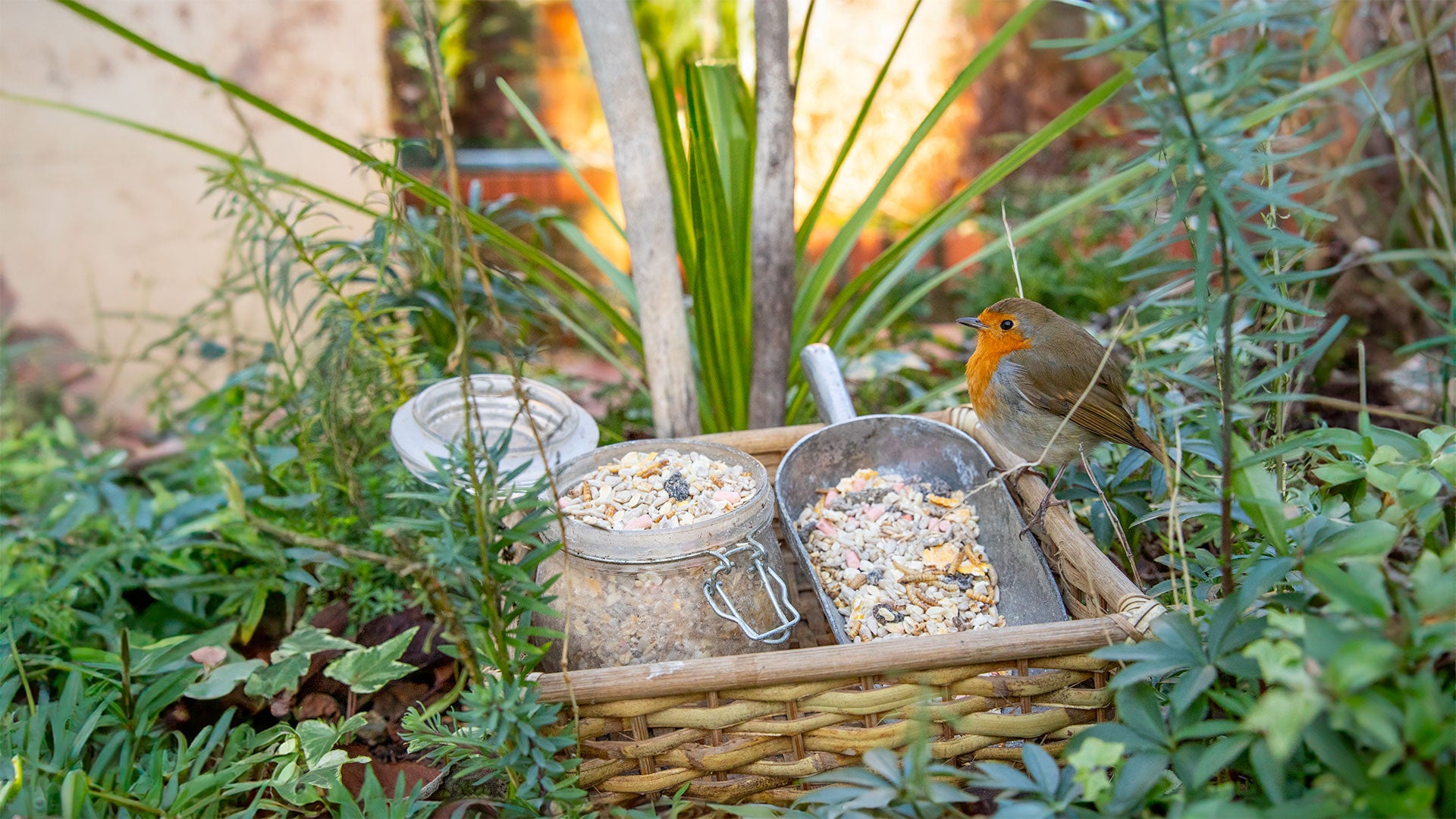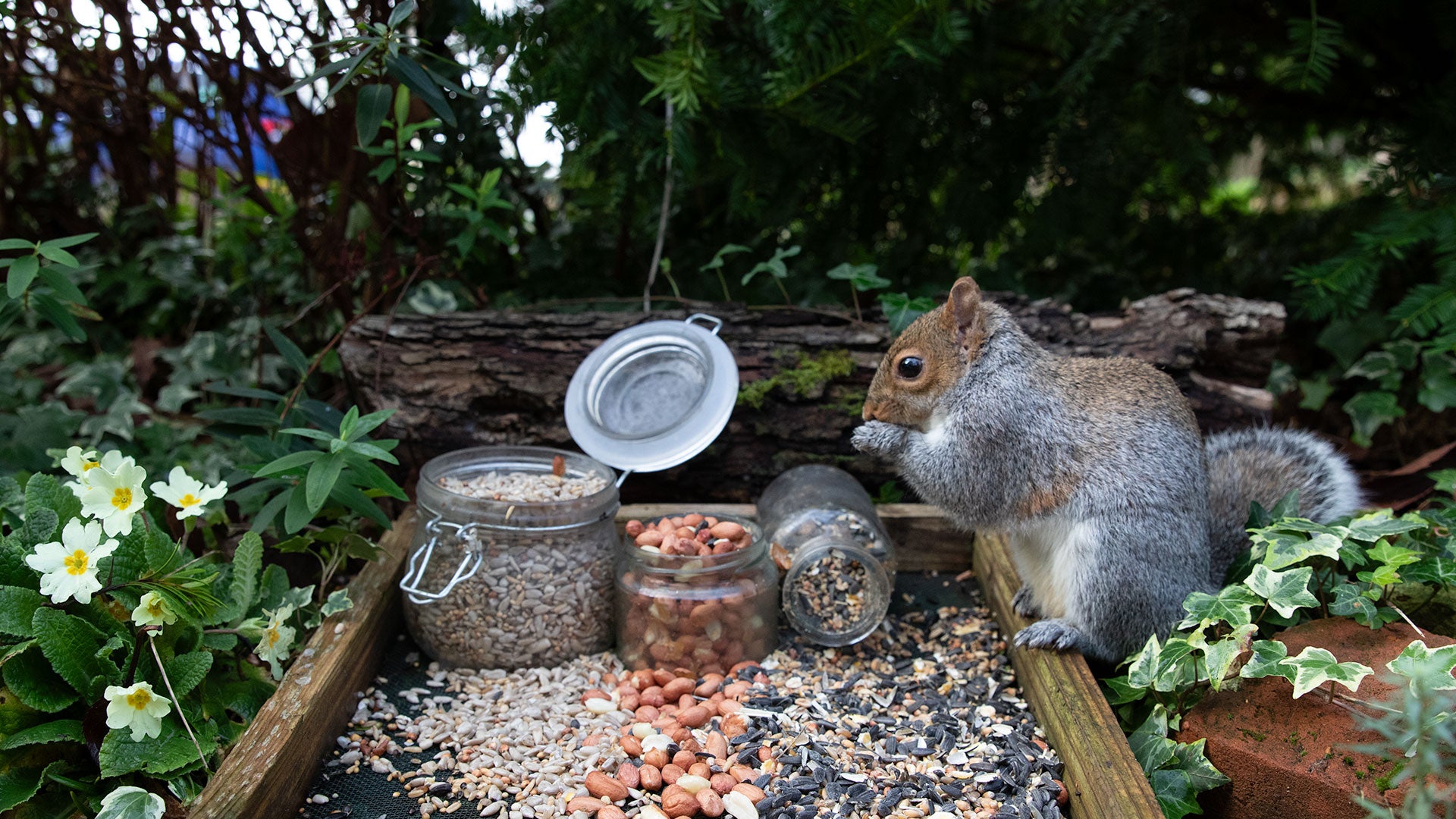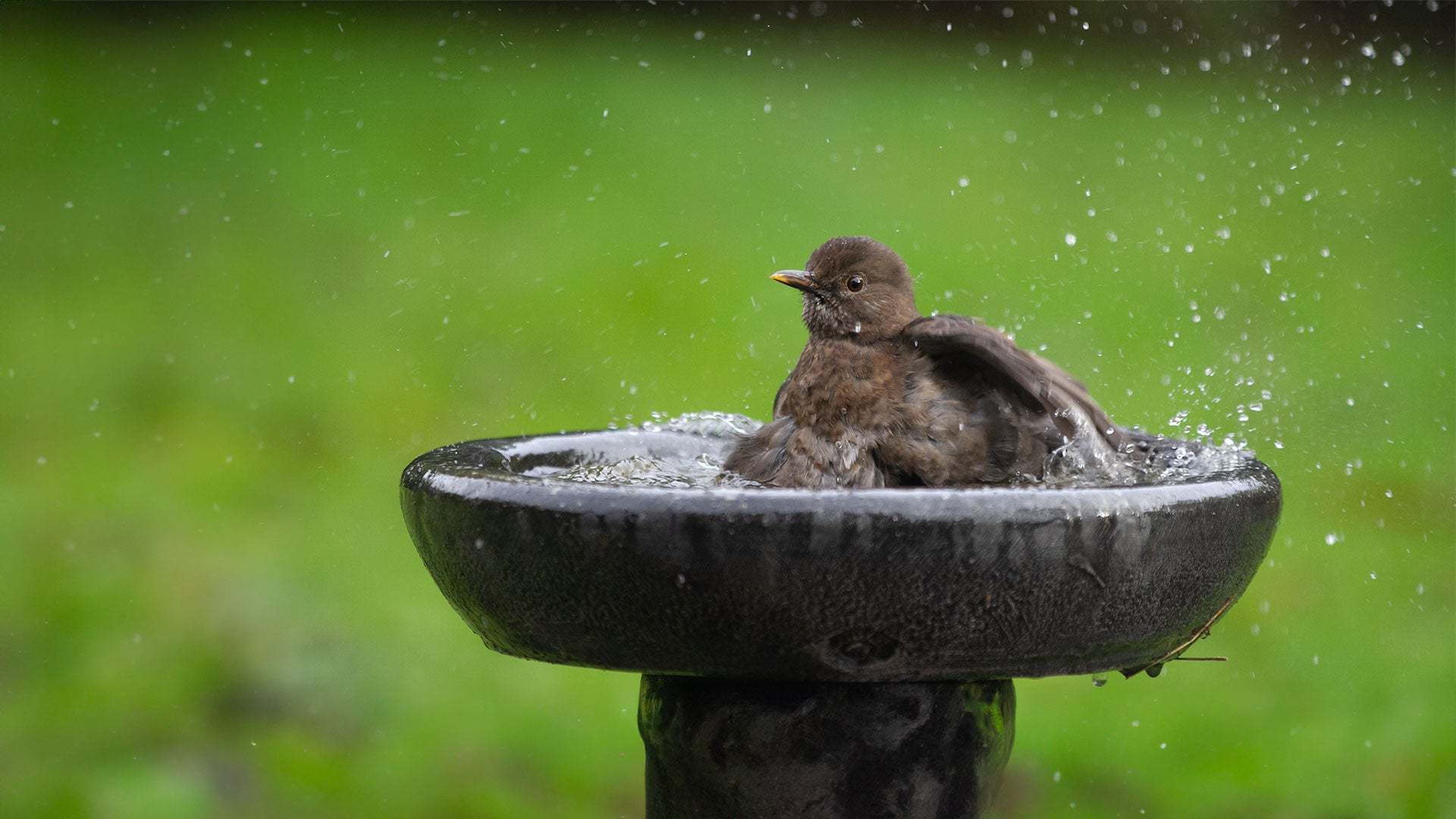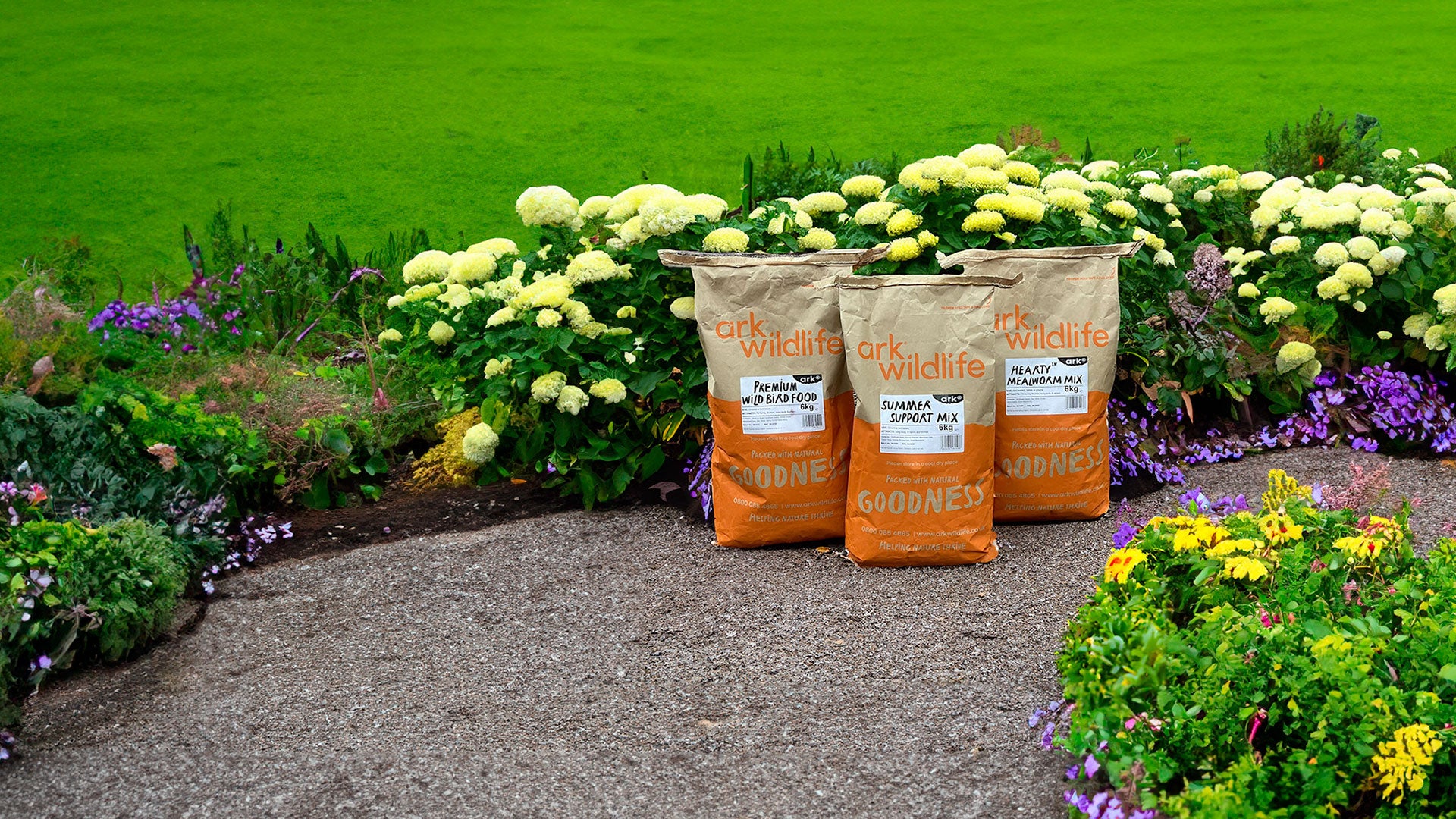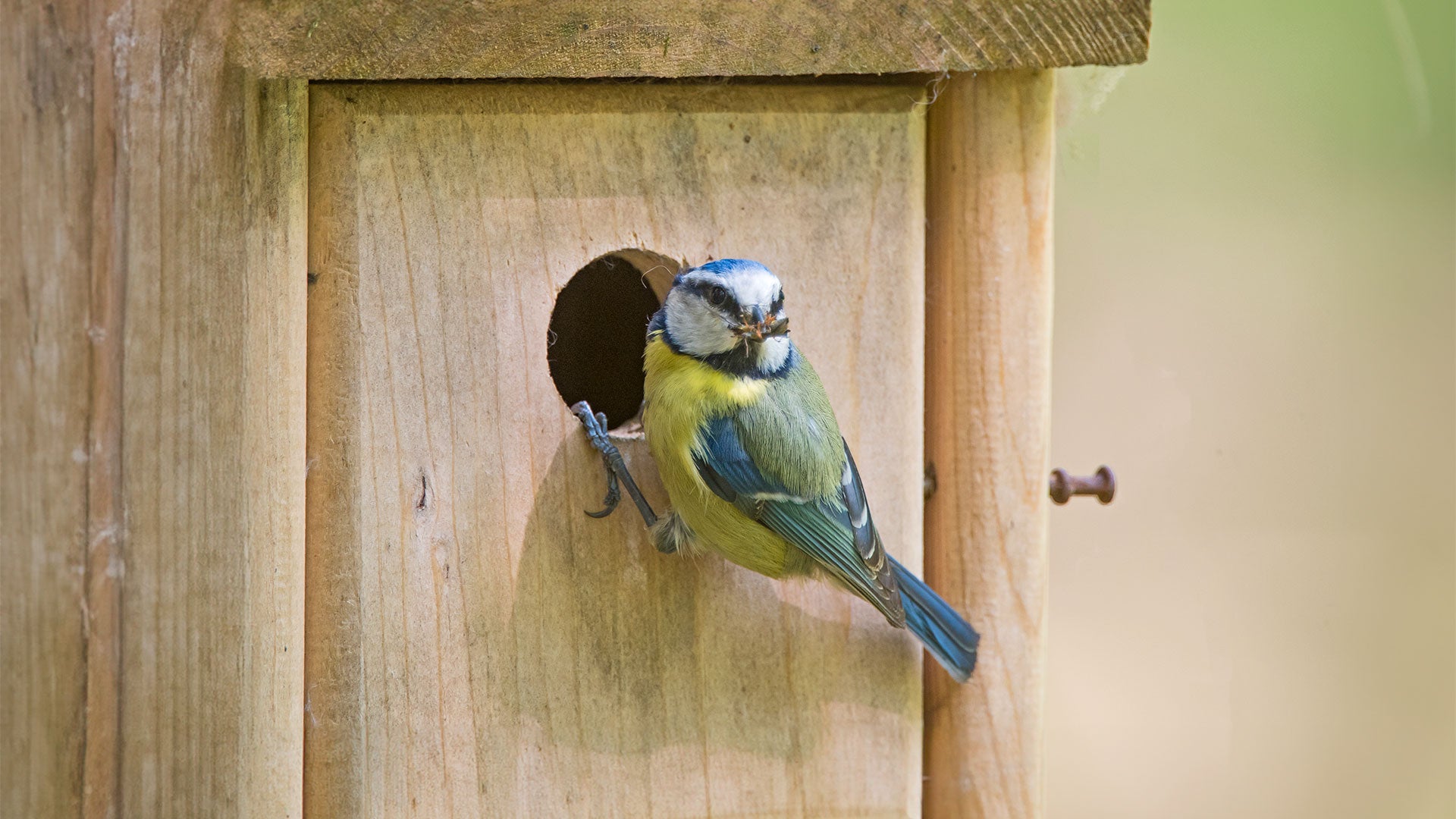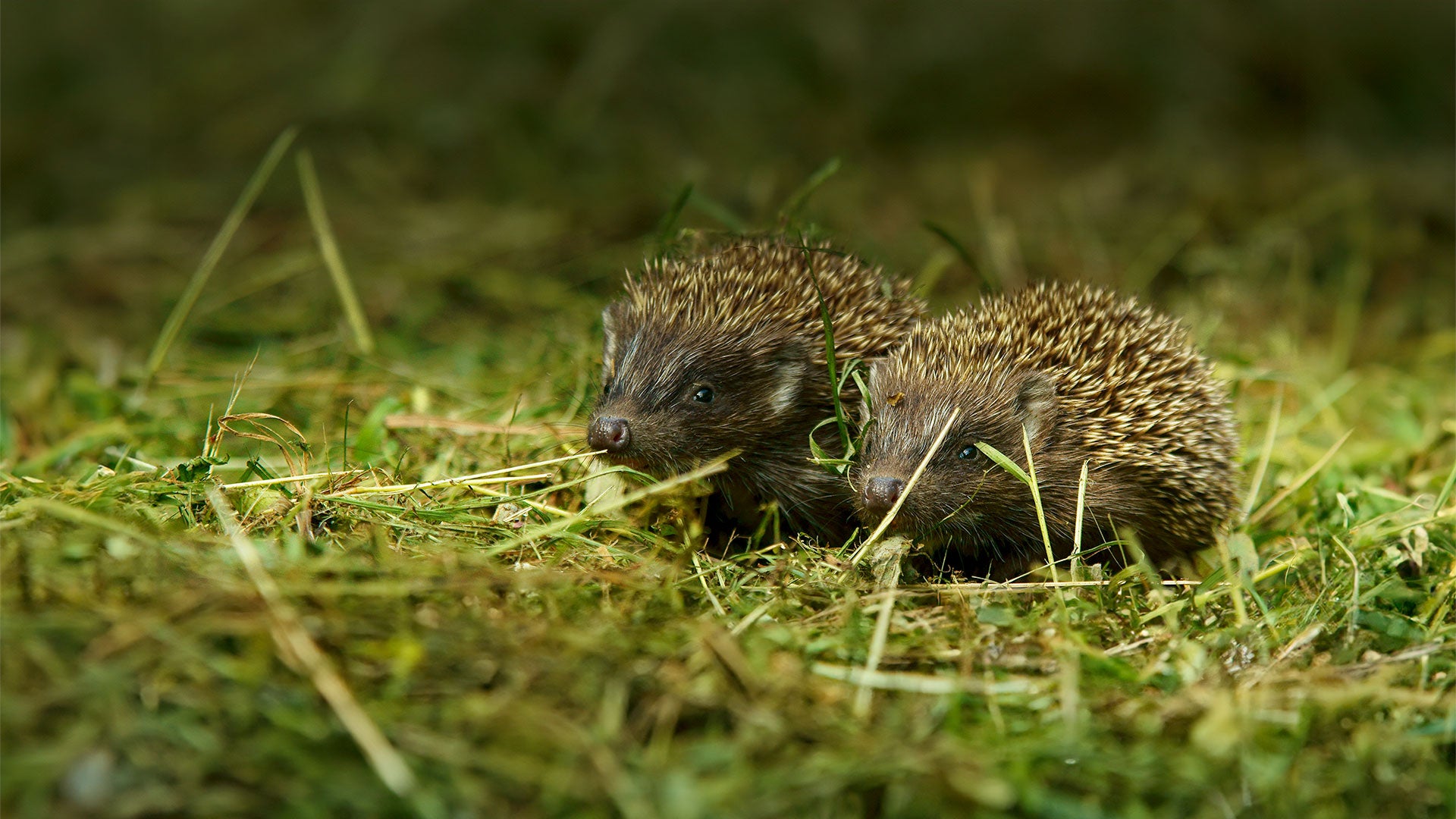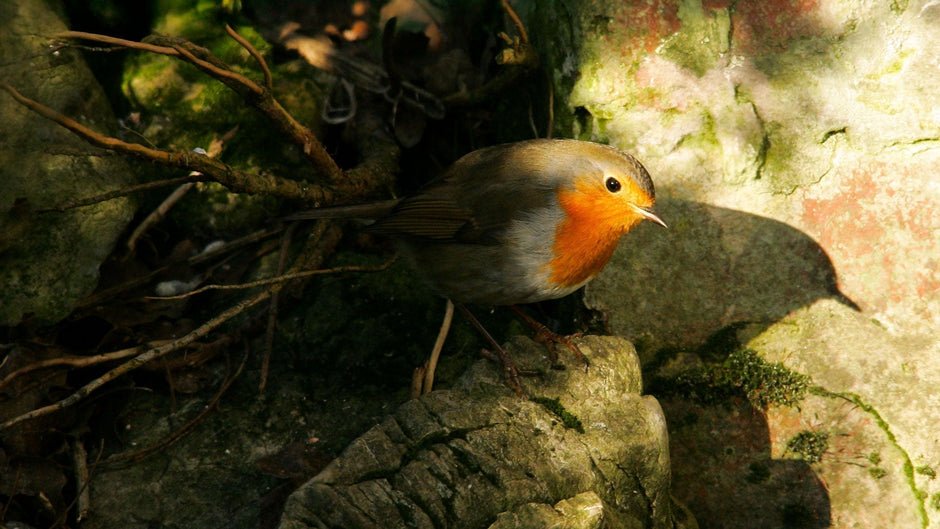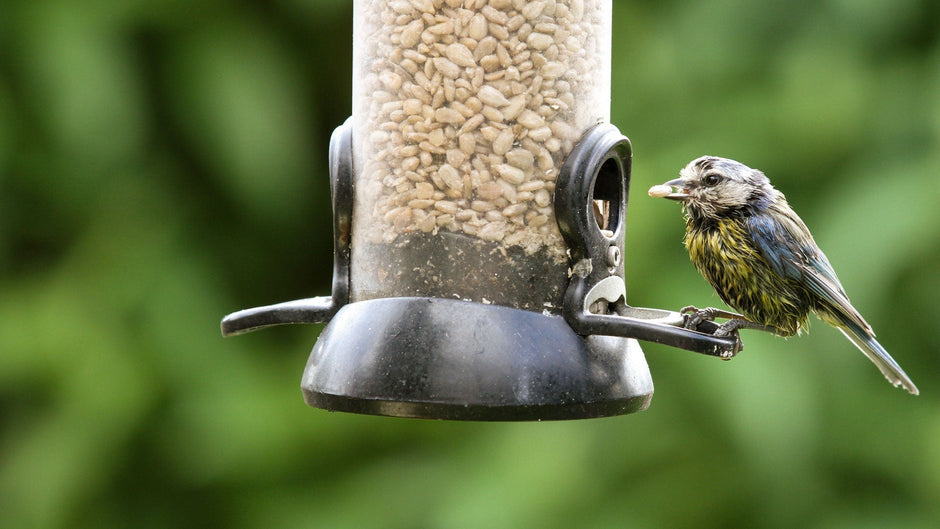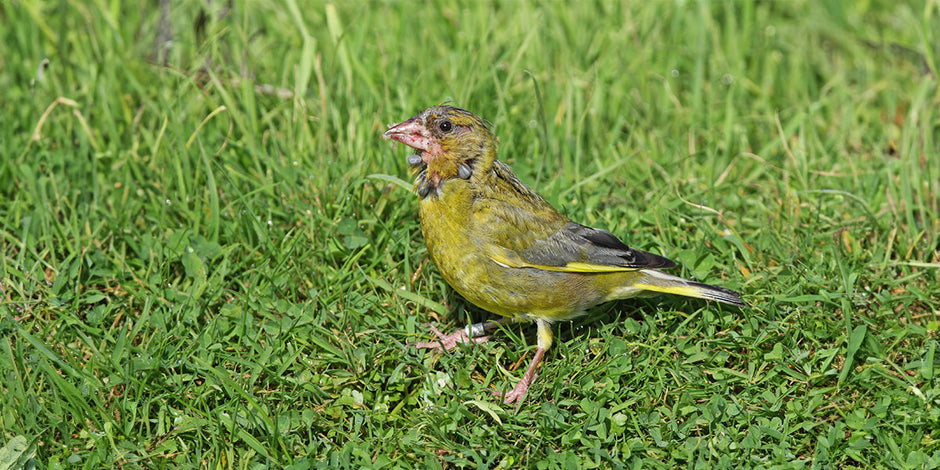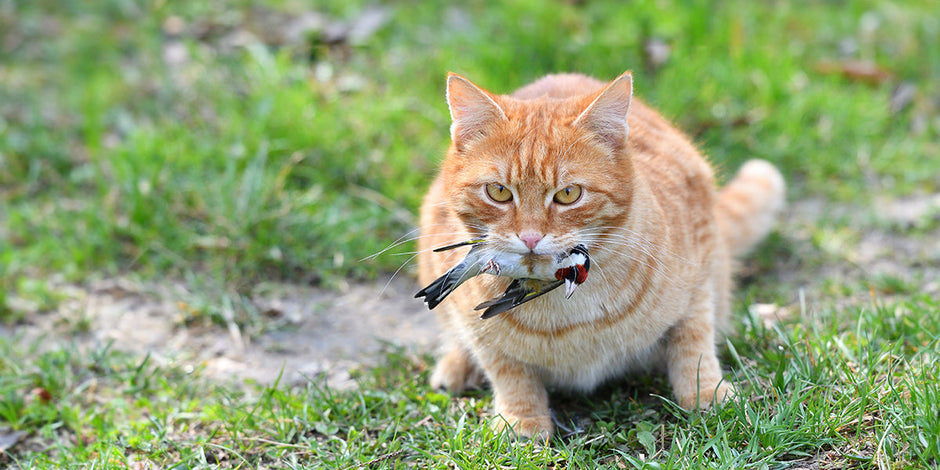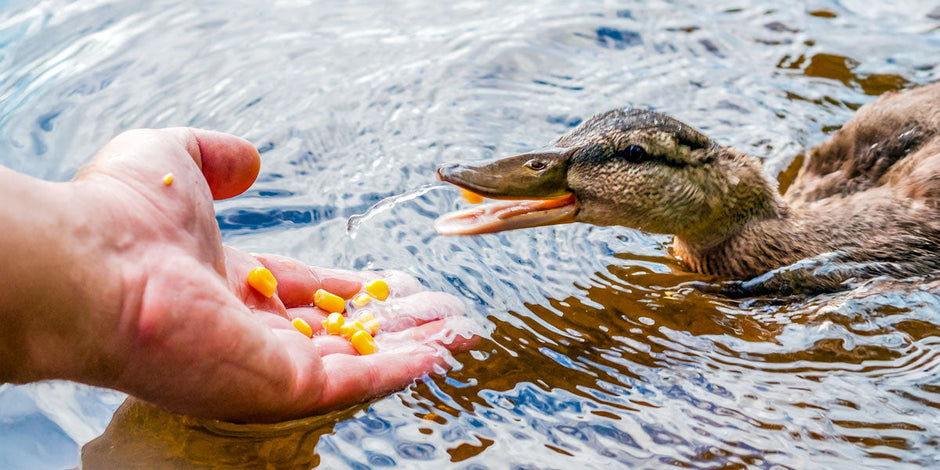The hedgehog population is experiencing a serious decline. And while there are many factors that influence this, there are some simple steps we can help hedgehogs and reduce this rapid drop.
Once commonplace to see this nocturnal mammal in gardens, today it’s very rare. So what can we do to make a difference? In this guide, we explore tips and tricks to make your garden more accessible and hedgehog-friendly with a hedgehog hole, as well as how to make your garden a safe and happy haven for these charming creatures.
Create a hedgehog-friendly garden
Traditionally, land boundaries, fields and gardens were all divided by hedges, which made the perfect habitat for hedgehogs. Now, many countryside hedgerows have been removed, and modern farming techniques have driven hedgehogs into urban areas for refuge. Garden hedge boundaries are also nowadays being replaced by wooden fences and concrete gravel boards.
During their active season, hedgehogs enjoy roaming and foraging for over 2 miles a night. Think of your garden as part of a local network or hedgehog highway. Fences, walls and other barriers can force them into dangerous situations such as crossing roads, but by linking gardens with access gaps or hedgehog holes, we can improve the prospects for hedgehogs to live longer, roam safely and breed successfully.
What size hole does a hedgehog need?
Hedgehog holes, or access gaps should be 5”/approx 13 cm. This is the perfect size for a hedgehog to fit through whilst still being small enough to avoid pets escaping through.
How to make a hedgehog hole
To create a hedgehog-friendly garden, one of the best things to do is to make a hedgehog hole. This allows them access to your garden. Making a gap or a hedgehog hole under your fence is quite simple. Here are a few ideas:
- Cut 5” holes into wooden or concrete fences
- Holes can be dug under obstacles or ramps used over low walls, etc.
- Gates can be erected with a 5” gap between the gate and the ground.
If cutting a hedgehog hole in the fence you should:
- Check with your neighbour that they are happy for you to do so
- Remove the fence panel
- Measure and mark a 5” x 5” or 13cm x 13cm hole at the bottom of the panel
- Use a coping saw to cut out the marked hole
- Use sandpaper to smooth any rough edges
- Put the fence panel back
- You can mark your hedgehog gap with a hedgehog highway sign to encourage neighbours to join in with a hedgehog gate or tunnel
Other ways to make a hedgehog-friendly garden
Whilst hedgehog holes are an excellent option to create a hedgehog-friendly environment, there are plenty of other things you can do to transform your garden into a happy place for hedgehogs. Here’s some common hazards to avoid to help improve the safety of our much-loved spikey garden visitors.
Check before turning over compost heaps
Piles of leaves, compost and garden debris are an attractive nesting place for hedgehogs to rest during the day. Before turning over compost heaps, always show caution and thoroughly check there are no snoozing hedgehogs you might abruptly disturb. Get into this habit, and it will become second nature, protecting hedgehogs from a rude awakening in the process.
Cover drains correctly
Hedgehogs often hunt out food in damp, dark areas, but they can easily fall in. Steep-sided ditches from building work or open drains can prove to be a hazardous trap, despite hedgehog’s climbing skills. It’s important to keep all drain covers fitted correctly, and if there is a temporary unavoidable open hole or ditch, always check daily for hedgehogs that may be trapped.
Avoid using chemicals
The use of lawn treatments reduces worm populations (which hedgehogs love to eat). And slug pellets, pesticides and insecticides are all toxic and detrimental to a hedgehog’s food source. These could be hazardous if the hedgehog ate a slug pellet or ate poisoned slugs. There are plenty of other natural options to rid our gardens of slugs, so avoid using any harmful chemicals and keep your garden hedgehog-friendly.
Make your pond safe
A shallow pond can be a great way to attract hedgehogs for a drink or two, and although hedgehogs can swim, if they fall in and are unable to climb out of ponds or swimming pools due to steep sides, they will drown. Create a simple ramp with a piece of wood or use bricks or stones to build a safe exit from the pond, reducing any risk of fatality. If you’re considering the addition of a pond in your garden, there are wildlife-friendly options with sloped sides, making it simple for hedgehogs and other critters to climb out.
Use bonfires safely
Hedgehogs love to get cosy and bury themselves in piles of twigs, logs and garden debris. If you’re creating a pile for the bonfire, stack the material away from where you’ll be burning it. Only move the material on the day of the bonfire so everything can be inspected closely before the fire is lit.
Avoid netting and litter
Hedgehogs are susceptible to getting tangled in garden netting. Unused garden netting is a potential problem and should be safely stored away. For netting being used around plants, it’s a good idea to leave an 8-inch gap from the ground and secure the netting tightly too. Also, litter such as elastic bands, plastic can rings, and polystyrene cups are common hazards for hedgehogs. Make sure your recycling and rubbish bins are secured and there is no loose litter in your garden to keep wildlife safe. If you do find a hedgehog that has become tangled or injured, it’s best to call your local hedgehog carer for immediate assistance and guidance.
How to look after hedgehogs in your garden
Once you know you have hedgehog visitors in your garden, there are lots of ways to continue to make your garden hedgehog-friendly.
Leave out food and water
Providing hedgehogs with the right supplementary food such as Ark Wildlife Hedgehog Food, and water can be really beneficial, especially if their natural food sources are depleted due to droughts, habitat loss or other factors. Although hedgehogs usually eat beetles, caterpillars, and other garden pests, when natural food sources are scarce, you can leave out specialised hedgehog food or dog or cat food. Our hedgehog food is formulated to ensure they get the nutrients they need. Just pop it in a flat feeding station so it’s easy for them to reach. Fresh water can also be placed in a shallow dish and kept clean from contamination. Avoid leaving out bread or milk, as this can be harmful to hedgehogs.
Hedgehog house
Hedgehogs need a dry, safe space to shelter, and hedgehog houses or hedgehog boxes are a great nesting option for them. These hedgehog houses are available to purchase or can be crafted DIY style from wood and other readily available materials. Create a safe and secure snug for hedgehogs to hide, protected from the weather and predators.
Add hedges
The wildlife superhighway of years gone by was made up of a patchwork of hedgerows that have sadly all but gone, but every shrub and tree we replant can help. When the time comes to repair or replace fences, try replacing a panel or the entire fence with a hedge, allowing access, shelter and excellent foraging opportunities for hedgehogs.
Create a hedgehog-friendly street
Why not help hedgehogs roam and explore further in safety by inviting neighbours and your local community to join in and make their gardens inviting to our hedgehog friends too? Wouldn’t it be a joy to help hedgehogs roam, rest and live in safety? Pass on messages of encouragement and educate those around you to provide these charming creatures with easy access in and out of gardens, allowing them to forage for food, find shelter and mate.
Related Internet Links:

